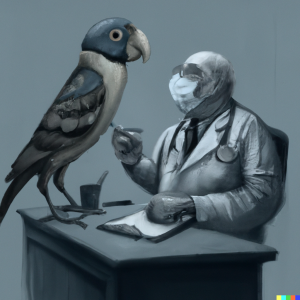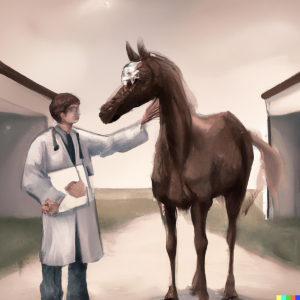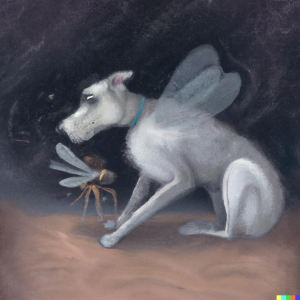
Zoonotic Diseases in Our Own Back Yards
Climate change is making infectious diseases a bigger worry, especially in environments where humans and animals meet. A recently published review in Science Translational Medicine titled “Backyard zoonoses: The roles of companion animals and peri-domestic wildlife,” delves into how changes in wildlife habitats and shifting human demographics and behaviors driven by climate change are leading to higher incidence of diseases jumping from animals to humans. An increasing number of pets and wild animals in human-populated areas is adding to the risk zoonotic diseases pose to public health.
Zoonotic diseases can transmit to humans in multiple ways that involve companion animals and wild animals that live near human dwellings, called “peri-domestic” animals.
Directly:
- Household pets, like dogs and cats, can carry disease-causing pathogens that could harm humans, such as salmonella. These pathogens can spread through pet-owner interactions or sharing food, especially in homes with multiple species of pets or pets with indoor-outdoor lifestyles.
- Close contact with animals kept for backyard food production also presents a risk to people.
Bridge:
- Pets and animals near human habitats can transmit diseases from wildlife to people. For instance, feral or domestic cats preying on wild rodents are opportunities for disease transfer.
- Trash cans can attract a mix of animals, including free-roaming pets, strays, and wildlife, opening the door to different species interacting and introducing pathogens into households.
- Rabies is a serious concern among diseases that pass from animals to humans. Historically, dogs have been the main carriers due to their social interactions. Unvaccinated pets and feral animals are at risk, especially if they live near wildlife hosts.
Complex:
- Domestic and peri-domestic animals factor into zoonotic spillover because they support the survival and spread of zoonotic pathogens, can transmit diseases between different species, and may enable pathogens to evolve.
- Avian influenza, for example, usually poses little risk to humans, but certain strains have evolved that are highly pathogenic. The growing prevalence of bird flu in wild and domestic birds heightens the risk of spillover infections into humans and other mammals.
- At the beginning of the COVID-19 pandemic, SARS-CoV-2 was discovered in dogs and cats, raising concern over its transmission from pets to humans. Although the virus can circulate among cats and other vulnerable species, zoonotic transmission from pets to people is rare.
Domestic and peri-domestic animals play multifaceted roles in zoonotic disease dynamics. Their interactions with wildlife and humans can influence the maintenance, spread, and evolution of pathogens. Understanding these roles can inform prevention and management strategies in the context of climate change and its contribution to the evolving landscape of infectious diseases.
Stay current on studies like this; subscribe to our free weekly This Week in Public Health email newsletter below!



